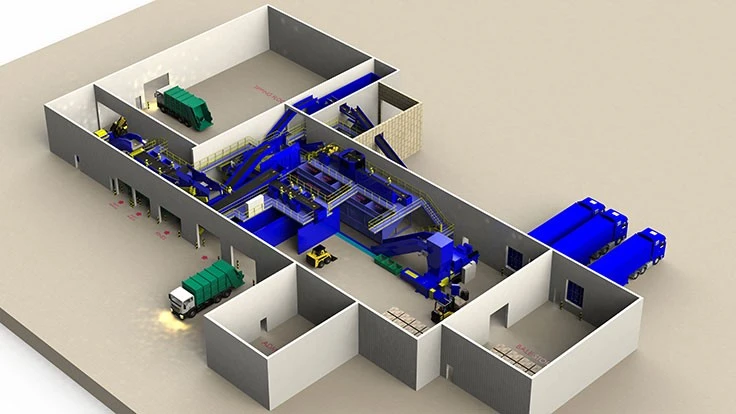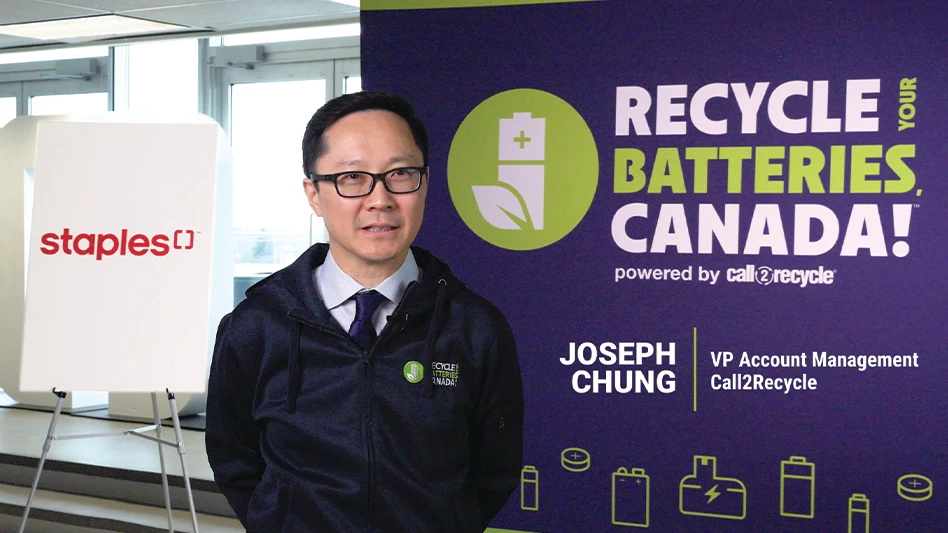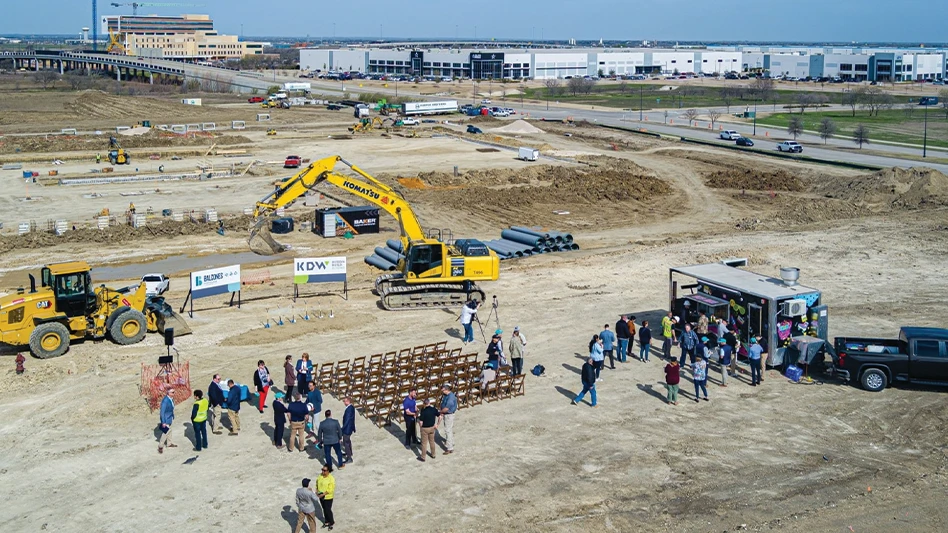
Marquette County Solid Waste Management Authority
After selecting a general contractor last week, Marquette County Solid Waste Management Authority (MCSWMA) is moving forward with the construction of a regional material recovery facility (MRF), which will help the county transition from a dual- to single-stream recycling system and increase recycling capacity in rural upper Michigan.
The county received a $3 million interest-free loan from New York-based Closed Loop Fund and an $800,000 grant from Michigan Department of Environment, Great Lakes and Energy (EGLE) to build the $6.3 million facility, which was part of the funding the state allocated to recycling infrastructure in 2018. Marquette has worked with Resource Recycling Systems (RRS), Ann Arbor, Michigan, for the last year to find the funding opportunities.
“The funding was critical to this project," says Bradley Austin, director of MCSWMA.
A combination of recycling issues inspired the county to build the MRF, including recyclables piling up at the county's landfill, the lack of recycling capacity in the region and a 40 percent participation rate in the dual-stream recycling program, which has seemed to decrease even more in the last few years.
“There isn’t a facility in the region,” Austin says. “We have some challenges here because of the distance to market, also the population in general. It's rural. It’s spread out.”
In addition, the county "observed a lot of materials going to the landfill,” Austin says. “We just felt we could do better. There was a lot of material we felt we could capture and put to market.”
After conducting a study with a local media outlet, the county learned there was “overwhelming” support for a single-stream recycling system.
“There was a lot of confusion with dual-stream and having to figure out which week it is,” Austin explains. “Materials were collected on alternate weeks, so paper and fiber products are collected one week, and plastic and metal on alternating weeks.”
A key part of obtaining the funding was the county’s approach to building a “regional recycling facility,” which will be operated by MCSWMA and will serve Marquette County’s 65,000 residents and potentially the region’s 200,000 residents.
“Although we’re based here in Marquette, we desire to help other communities that surround us,” Austin says. “The regional approach was something that the state was very happy with. I think it led to the funding opportunities. I think it was also appealing to Closed Loop because we’re trying to make an impact beyond our county.”
Plessisville, Quebec-based Machinex will supply the equipment for the plant, including a sorting robot.
“The technology has changed with quality requirements,” Austin says. “There’s been a lot of lines retrofitted over the last couple of years. Artificial intelligence is becoming a larger part of the MRF, so we do intend to bring one of those units on the line.”
The facility, which is expected to open fall 2020, will have the capacity to process 7,000 to 9,000 tons of recyclables—cardboard, paper, plastic, aluminum and glass—per year, with room to grow to 12,000 to 14,000 tons per year.
In the months leading up to the launch of single-stream recycling, the county is placing a focus on education and outreach by working with RRS and promoting EGLE’s “Know It Before You Throw It” campaign, which launched in June. The campaign focuses on what can and cannot be recycled and how to recycle correctly.
Marquette removed glass from its recycling program January 2018 because the material was not being managed effectively, Austin says. The county also is building a glass repurposing facility at the MRF, which will be supplied by Andela, New York. Glass will be source-separated and picked up once a month. The material will be processed into aggregate and sand-like material, which will be used for local road construction projects. Austin says the county is working with Michigan Technological University to use one of the products for concrete, asphalt and landscaping projects.
“One of the largest components of the education campaign is getting people to understand that because of our distance to markets, in order to recycle glass, we’ve decided to repurpose it locally,” Austin says. “In order to do that, we’re going to keep the glass out of the single-stream bin.”
Because 23 municipalities are within the authority, Austin says the county is leaving it up to the municipalities to develop their own glass recycling programs, which could be either curbside pickup or through a drop-off site.
“In the last six to eight months, glass has been a concern,” Austin says. “I think glass really opened the door of recycling in our area in general. We needed to look at things a little different and recognize where we are. We have some challenges. We feel this is the best option for glass and the community is very excited it’s coming back.”
Latest from Recycling Today
- SABIC’s Trucircle PE used for greenhouse roofing
- Hydro to add wire rod casthouse in Norway
- Hindalco to invest in copper, aluminum business in India
- Recycled steel price crosses $500 per ton threshold
- Smithers report looks at PCR plastic’s near-term prospects
- Plastics association quantifies US-EU trade dispute impacts
- Nucor expects slimmer profits in early 2025
- CP Group announces new senior vice president





